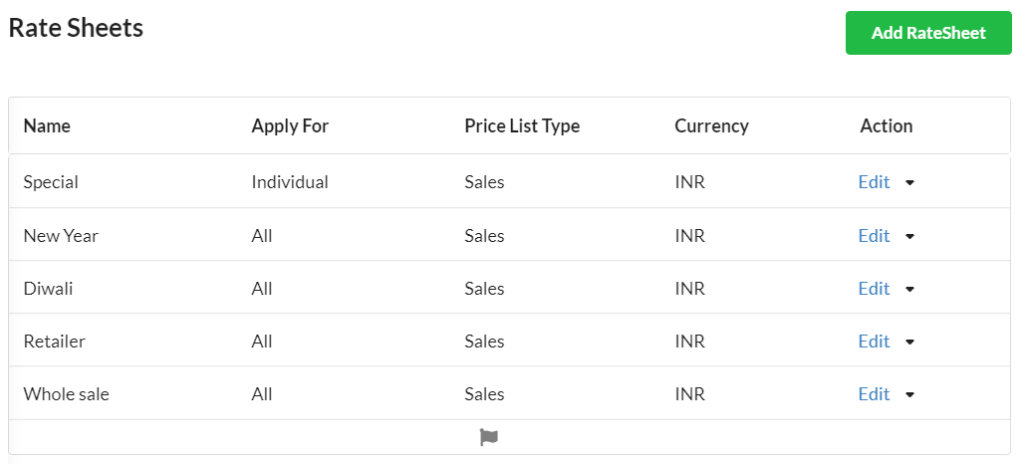Ratesheets are important tools used in the mortgage lending industry to communicate and track the current interest rates and pricing for various loan programs. These documents provide crucial information for borrowers, lenders, and mortgage professionals, guiding them in making informed decisions. In this article, we will delve into the significance of ratesheets, their key components, and how they impact the mortgage lending process.
I. The Importance of Ratesheets:
Ratesheets serve as a fundamental resource in mortgage lending, providing transparency and clarity regarding interest rates, loan programs, and pricing. They play a vital role in several aspects of the mortgage lending process.
- Interest Rate Visibility: Ratesheets display the current interest rates offered by a lender for different loan programs and mortgage terms. This allows borrowers to understand the prevailing rates and compare them among various lenders. Lenders also use ratesheets to stay competitive by adjusting their rates based on market conditions.
- Pricing Guidance for Mortgage Professionals: Mortgage professionals, including loan officers and brokers, rely on ratesheets to determine the pricing for different loan options. These professionals use ratesheets to present accurate and up-to-date pricing information to borrowers, helping them choose the most suitable loan program based on their financial goals.
- Decision-Making Tool for Borrowers: Ratesheets empower borrowers by providing the necessary information to make informed decisions. By reviewing ratesheets, borrowers can evaluate their loan options, compare interest rates, and assess affordability. This transparency allows borrowers to select the loan program that best fits their financial circumstances.
II. Components of Ratesheets:
Ratesheets typically include several key components that convey important information about loan programs, interest rates, and pricing details.
- Loan Programs and Terms: Ratesheets outline the available loan programs, such as conventional loans, government-backed loans (FHA, VA, USDA), jumbo loans, and specialty loan programs. They also specify the loan terms, including the loan duration (e.g., 30-year fixed-rate, 15-year fixed-rate) and any specific requirements or restrictions associated with each program.
- Interest Rates: Interest rates are a critical component of ratesheets. They represent the cost of borrowing and vary based on market conditions, lender policies, and borrower qualifications. Ratesheets display the interest rates for each loan program and mortgage term, allowing borrowers and mortgage professionals to assess the cost of borrowing at a specific point in time.
- Pricing and Points: Rate sheets often include pricing information, which details the associated costs and fees for a particular loan program. This includes the upfront charges, such as discount points or origination fees, which borrowers can pay to lower their interest rate. The rate sheet specifies the pricing structure, enabling borrowers to evaluate the overall cost and consider different pricing options.
III. Impact on the Mortgage Lending Process:
Rate sheets influence various stages of the mortgage lending process, affecting both borrowers and lenders.
- Mortgage Prequalification: During the prequalification phase, borrowers can use ratesheets to estimate their potential monthly mortgage payments based on the prevailing interest rates. By considering their financial situation and the available loan programs, borrowers can determine the loan amount they qualify for and assess their affordability.
- Loan Application and Locking-In Rates: Once borrowers have chosen a loan program, rate sheets help them understand the interest rates and pricing for that specific program. Borrowers can discuss rate lock options with their lender or mortgage professional to secure a specific interest rate for a defined period. Ratesheets aid borrowers in making timely decisions and locking in favorable rates before they potentially increase.
- Loan Processing and Closing: Rate sheets also impact the loan processing and closing stages. Lenders refer to ratesheets to ensure that the terms and conditions presented to borrowers align with the rates and pricing initially quoted. This ensures accuracy and consistency throughout the mortgage process, providing clarity and transparency to borrowers.
Conclusion:
Rate sheets play a critical role in the mortgage lending industry by providing essential information about interest rates, loan programs, and pricing. They offer transparency and enable borrowers, lenders, and mortgage professionals to make informed decisions. By understanding ratesheets and carefully evaluating their components, borrowers can assess their loan options, compare interest rates, and select the most suitable mortgage program. Likewise, lenders can use ratesheets to stay competitive in the market and provide accurate pricing information to borrowers.






